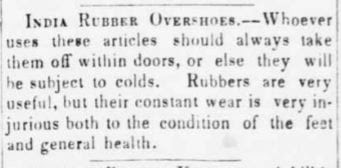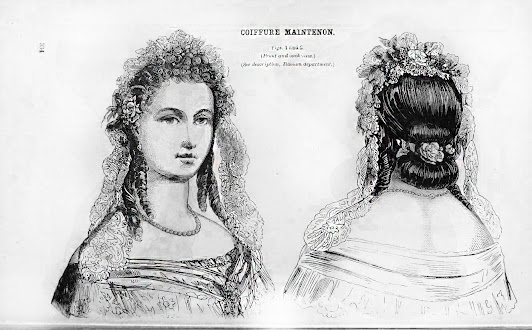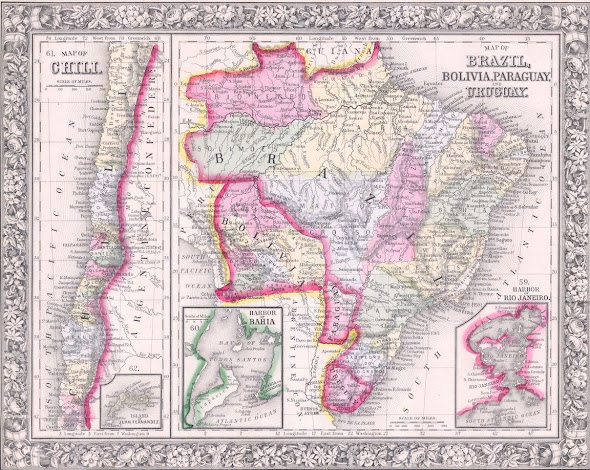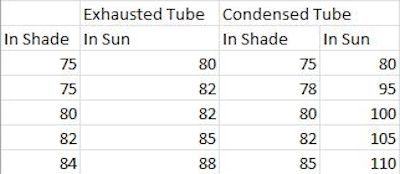Women's Clothes Pt 2--Green Poison and the Cephalometron
In the gas light her green dress and blouse shimmered.
This sort of green would make any woman alluring--and deadly. She had about her
enough poison to kill a dozen or more suitors. There were thousands like
her--every one of them poisonous. And every one of them dying.
And it was dye that led to their dying.
In
the early 1820s, a German chemist invented a recipe to dye cloth a vivid,
brilliant green. It shimmered, particularly in gas light which was
becoming more popular in homes. In contrast to all the duller and
less stable dyes of the era, "Emerald green" as we know it
today, kept its color . "Deadly green" would have been a
more accurate name. The secret to the dye was a combination of copper and
arsenic trioxide. As one chemist put it later, a woman's emerald green
ballgown contained enough poison to kill dozens of suitors. Even today,
clothing conservators wear masks and gloves to work on emerald green clothes
from the period.
The more
frequently a woman wore this green the more frequently sores opened up on her
body, raw sores that absorbed the poison even quicker. The wealthy were
probably less affected because they wore a constantly changing series of
dresses. It was the middle class that suffered. A middle class woman
might well possess only one or two dresses for formal wear. And if one of
them were emerald green...
Shoes were an obsession for some women
Shoes from the period one sees in a museum, often look almost
like ballet slippers. Walk in those? No. They didn’t. Those were
slippers to wear in the house or if riding in a carriage.
Ankle boots with sturdy one inch high heels were for walking
outside. With thick one and half inch heels and leather uppers,
shoes either laced or buttoned. Unpaved streets were muddy, covered with
horse droppings or worse. Walking outside, ladies wore leather high heels.
House shoes, what we would think of as slippers, were worn at home.
There was not yet a concept of right or left shoe, so for some
designs it did not matter which shoe went on which foot. For other designs,
particularly if they buttoned up on one side or the other, a shoe was obviously
a right or left shoe, but not because of the way the sole and upper were
designed.
Most respectable houses of the time had a boot scraper, simply a
cast iron strip two inches high set upright by the door. Men and women could
scrape the bottom of their boots, before being admitted to the house.
Green silk house shoes 1850s--
probably loaded
with poison
Fits, Fits, Fits. I cannot imagine any shoe maker using
advertising wording today like the kind in the ad below.
Don't Go Using Those India Rubbers!
Hairstyles & Hats
Elaborate styles were considered suitable for unmarried young
women only. Once married, a woman's hair style was likely to become more
simple, even severe her hair gathered up in a bun and worn on the back of the
neck.
The most popular formula for hair care was combination of water,
oil, and eggs. Washing one's hair more than several times a month was
considered possibly counter productive. In between washings women were to
brush their hair nightly a certain number of strokes.
Married woman early 1850s
Godey's Book 1863
Young woman mid 1850s
Young Woman 1859
Woman
1865
Upper class women would never go out in public without a hat.
Even at home they and women of all classes wore a sort of veil handkerchief on
their hair. Women doing heavy farm work wore a scarf, a sun bonnet or a broad
brimmed straw hat. Pale skin was as desirable beauty trait as it showed a woman
did not work outside. Sun tans were not wanted.
Godey's Book Bonnets of the 1850s
At a "Watering Place"
Godey's Book 1863
THE GREAT
CEPHALOMETRON!!
Make up was considered the sort of thing only a “fallen
woman,” or one with no sense of propriety would wear. This did not prevent all
sorts of beauty routines being adopted for skin care, hair coloring, and lip
paint, all using what would be called now, “natural organic materials,” which,
oddly, did not seem to be considered "make up."



















Comments
Post a Comment